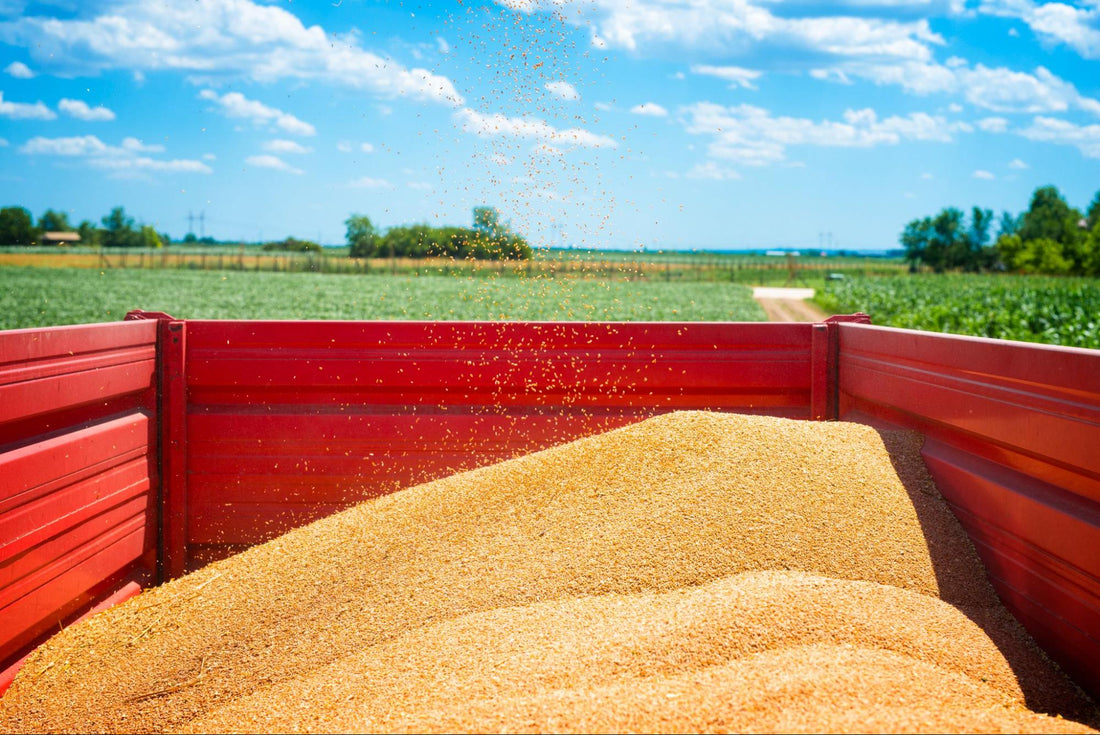
Sustainable Agriculture Through Eco-Friendly Millet Farming
Share
In today's climate-challenged world, eco-friendly millet farming is a shining example of sustainable agriculture, providing environmental advantages and resilience. These tiny-seeded grains, which include sorghum and pearl millet, do well in dry environments and need little in the way of chemicals and water. Because of this, they are perfect for areas that are prone to drought, addressing water scarcity and enhancing food security. Unlike monoculture, millets improve soil health and biodiversity. Farmers build resilient ecosystems that fend off pests and diseases by combining different millet species. Choosing products made from millet promotes environmentally friendly agriculture and gives farmers access to new markets.
Recognizing Millets' Contribution to Sustainable Agriculture
Millets: What Are They?
For thousands of years, millets have been an important part of agricultural history. Due to their ability to withstand drought, these hardy crops were staples of the diets of ancient societies in Africa, Asia, and the Americas. Although millet farming methods have changed over time, the crop's sustainability hasn't been surpassed. Millets are currently receiving more attention due to their remarkable sustainability and nutritional profile. Millets, which have a low glycemic index and are perfect for managing diabetes, offer high protein, fiber, and vital vitamins while retaining their bran and germ, unlike processed grains. As millets thrive, incorporating them into contemporary agriculture offers a long-term solution to the problems of food security and climate change.
Millets' Historical Importance in Agriculture
Traditional sustainable agriculture has a long history of using millets. Ancient diets relied heavily on these grains, which have been grown for thousands of years. They were essential to early agricultural societies because of their capacity to thrive in a variety of difficult conditions. Millets' timeless importance and adaptability are demonstrated by the generations-old sustainable farming methods that have been practiced around them.
Advantages of Sustainable Millet Production
Low Water Requirement and Climate Resilience
Significant environmental benefits come from millet farming, particularly its low water requirements and resilience to climate change. This ancient grain is a dependable crop in areas with extreme weather because it can withstand harsh conditions. For example, where other staples like rice and wheat fail, millet thrives due to its resistance to drought and high temperatures. One of the main components of its sustainability is its resilience.
Improving Soil Health and Biodiversity

Millets enhance farming biodiversity, which promotes environmental sustainability. Because they preserve native plant varieties and draw pollinators, their cultivation supports a variety of ecosystems. Millets also improve soil health by preventing erosion and improving soil structure through their deep root systems. Because of this, millet farming is essential to environmentally friendly millet cultivation.
Cutting Down on Carbon Emissions
Reducing carbon emissions is one of millet farming's main environmental benefits. Millets reduce greenhouse gas emissions because they require less water and chemicals. Millets are a sustainable substitute for more resource-intensive crops because of their efficiency, which also helps to conserve resources.
Sustainable Farming Methods for Growing Millet
Organic and Natural Farming Methods
Millets' resilience to climate change and low water consumption make them a shining example of sustainable agriculture. This sustainability is further improved by using natural farming practices. Crop rotation and using natural predators to control pests are two important organic millet farming practices that support soil health and biodiversity.
Integrated Pest Control in Millet Production
Sustainable millet farming depends on environmentally friendly pest management techniques. Crop rotation and natural predators are two strategies used in integrated pest management, an eco-friendly farming approach, to control pests without using dangerous chemicals. This method promotes biodiversity and soil health.
Techniques for Conserving Water
In millet farming, effective water management is a vital part of sustainable agricultural methods. In arid regions, methods such as micro-irrigation maximize water use, making every drop matter. In addition to conserving resources, this water-saving technique promotes the healthy development of millet crops.
The Effects of Millet Farming on the Economy and Society
Boosting the Livelihoods of Farmers
There are significant social and economic advantages to millet farming, especially for smallholder farmers. Because millets grow on marginal lands with little input, supporting farmer livelihoods through millet cultivation can improve economic conditions by lowering costs and increasing profitability. Their ability to withstand climate stressors like drought further demonstrates their importance in maintaining consistent yields and steady revenue, which supports the expansion of sustainable agriculture.
Millet Farming's Future in Sustainable Agriculture
Technological Developments and Innovations
Adopting sustainable innovations in agriculture is essential to promoting millet farming as a sustainable practice. High-yielding, disease-resistant millet varieties are being developed using technological solutions like genome editing and artificial intelligence. In order to increase output and secure the future of sustainable farming, these developments are crucial.
In conclusion
A key component of sustainable agriculture, millet provides both nutritional advantages and climate change resilience. Sorghum and pearl millet are examples of small-seeded grains that grow well in arid areas with little water, which makes them perfect for climates with unpredictable weather patterns. Their low input requirements and shorter growing seasons make them more viable for sustainable agriculture. Food security and environmental sustainability can be greatly enhanced by integrating millets into agricultural practices. These grains have the potential to revolutionize agricultural landscapes all over the world as interest in them grows globally, aided by programs like the International Year of Millets.
Discover the goodness of healthy, delicious, and nutritious millet meals. Try Millet Maagic Meal today and give your body the energy it deserves! Click here to order now and experience the magic of millets!
